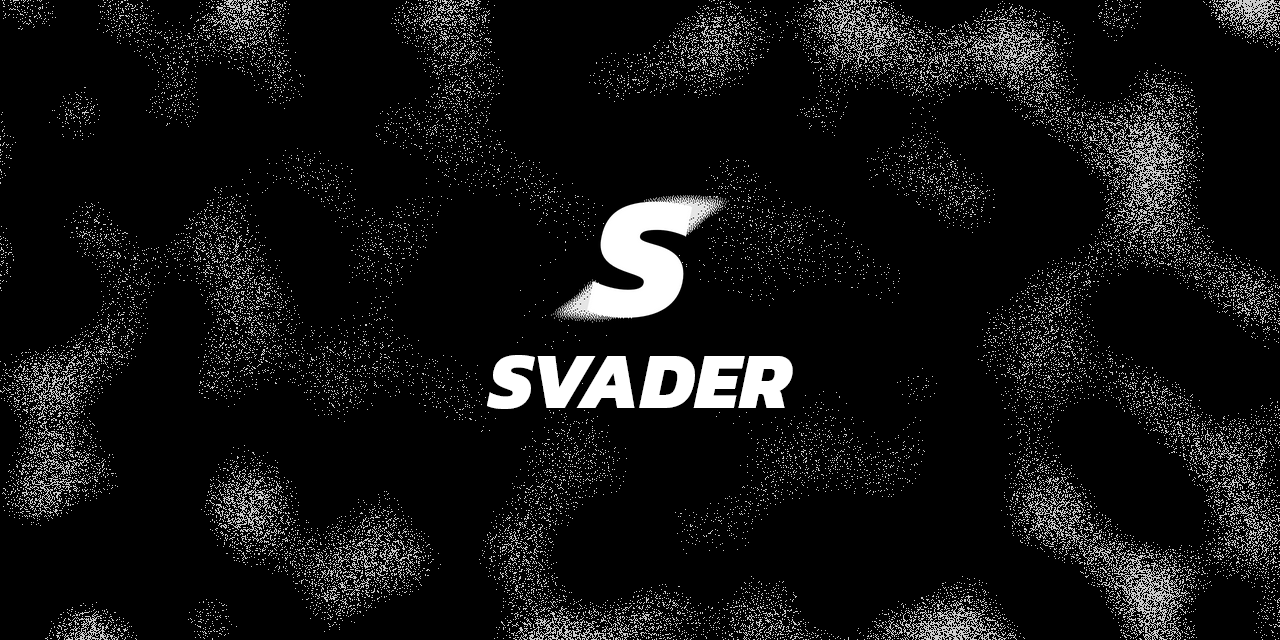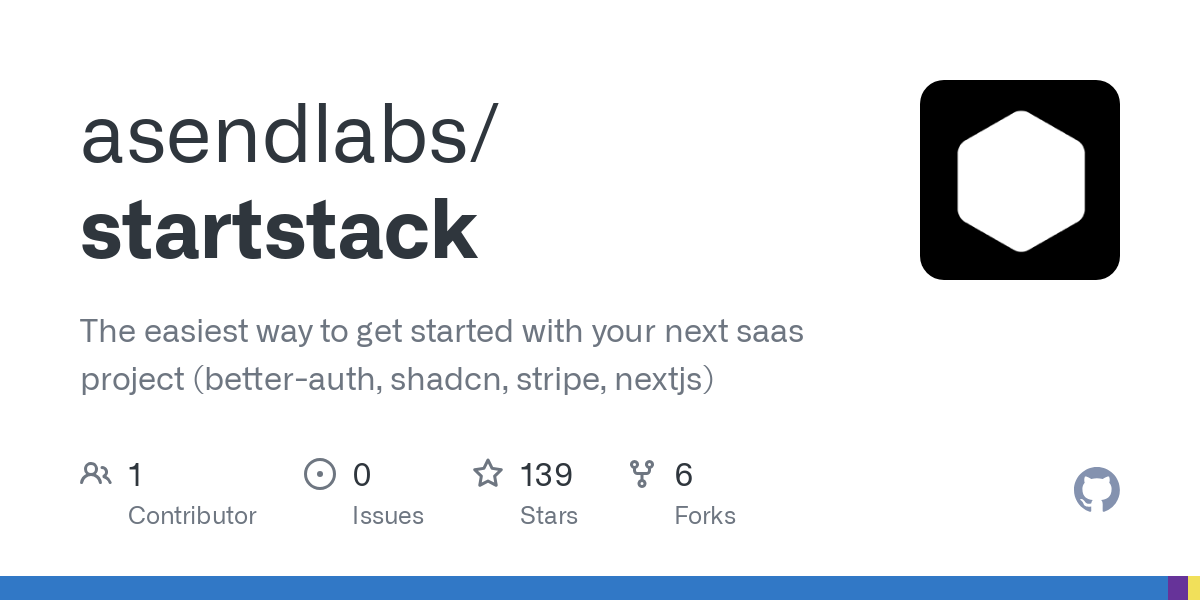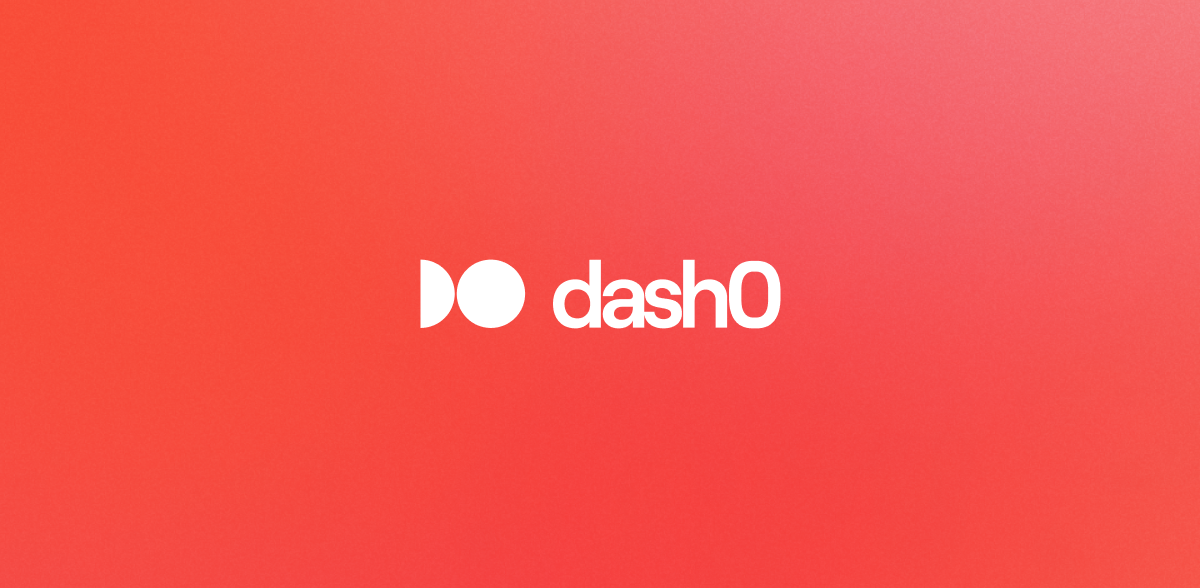
Create GPU-rendered Svelte components
Visit SiteThis is an extensive documentation for Svader, a JavaScript library that allows developers to render GPU-accelerated graphics in web applications. Here's a summary of the key points:
WebGL vs. WebGPU
- WebGL is the older API and is supported by all modern browsers.
- WebGPU is still experimental and only supported in a few browsers.
- WebGPU offers features not available in WebGL, such as practically unlimited canvases.
Svader Features
- Supports both WebGL and WebGPU rendering APIs.
- Allows developers to render GPU-accelerated graphics in web applications.
- Enables the use of built-in values for common parameters like
resolution,scale, andtime. - Supports storage variables for parameters, allowing for more flexible usage.
Svader Parameters
- The
parametersproperty is an array of objects with the following properties:-
label: The name of the parameter to be used for debugging. -
binding: An integer matching the variable in the shader code. -
value: The value of the parameter or a string specifying a built-in value. If not a built-in value, it should be anArrayBuffer/ArrayBufferView. -
storage: Optional, defaults tofalse. Whether the parameter is a storage variable rather than a uniform variable.
-
Svader Built-in Values
- Supported values:
-
"resolution": Avec2fof the canvas width and height in physical device pixels. -
"scale": Anf32of the ratio between CSS pixels and physical device pixels, i.e., zoom level. -
"time": Anf32of the current time in seconds. -
"offset": Avec2fto be added to the@builtin(position)of the fragment shader.
-
Svader Usage
- For practical applications, default to using WebGL.
- Use the
parametersproperty to pass parameters to the renderer. - Use built-in values for common parameters like
resolution,scale, andtime. - Consider using storage variables for parameters to allow for more flexible usage.
Overall, Svader provides a powerful toolset for developers to render GPU-accelerated graphics in web applications. By understanding its features, parameters, and built-in values, developers can optimize their application's performance and create engaging user experiences.
Related Tools

The easiest way to get started with your next saas project
SaaS starter kit for Next.js built with TypeScript

OpenTelemetry Native Observability Dash0
Dash0 is modern OpenTelemetry Native Observability, built on CNCF Open Standards such as PromQL, Perses and OTLP with full cost control

API Parrot
Record, Customize, and Automate API Models with Ease using API Parrot. Join the Beta Today!